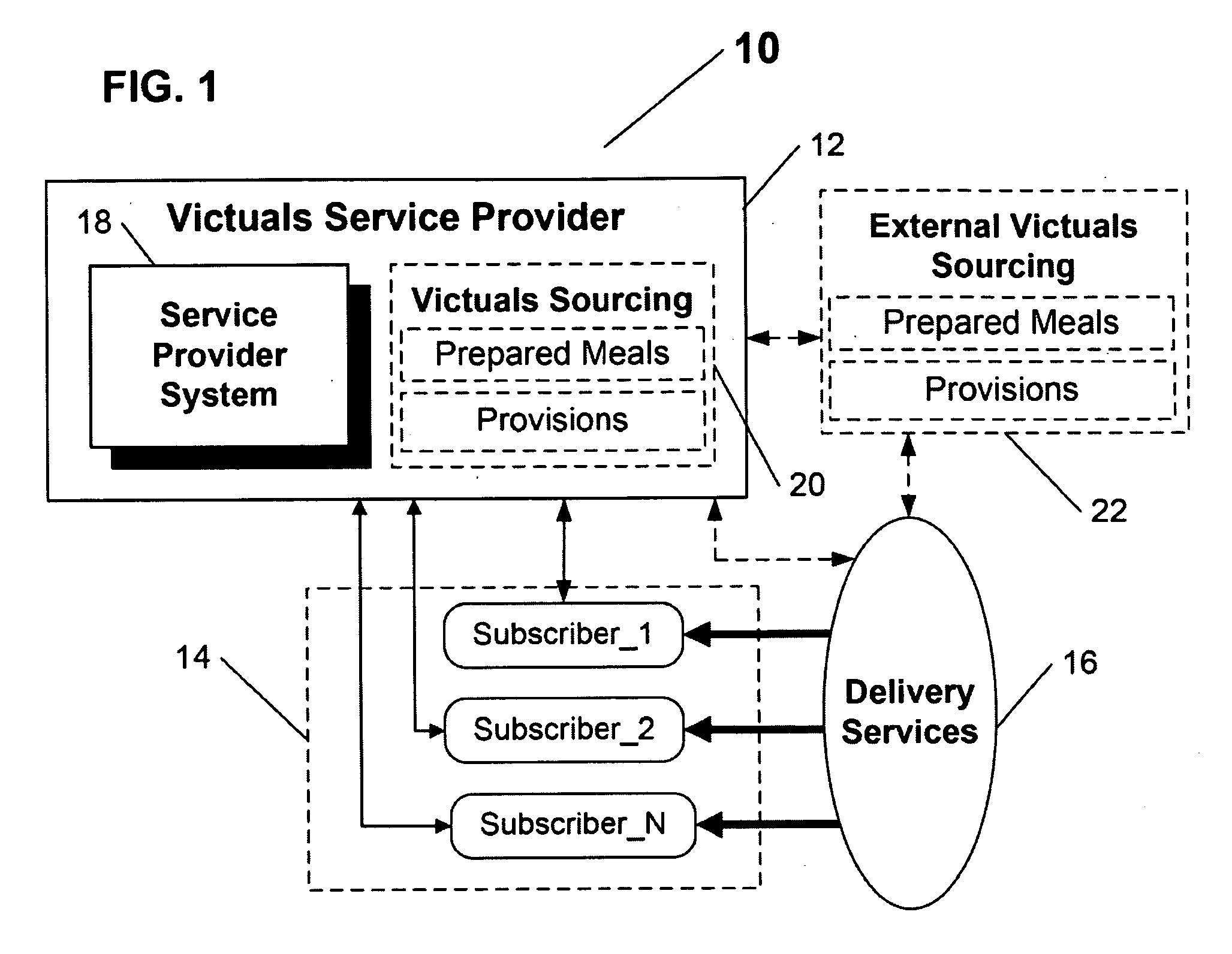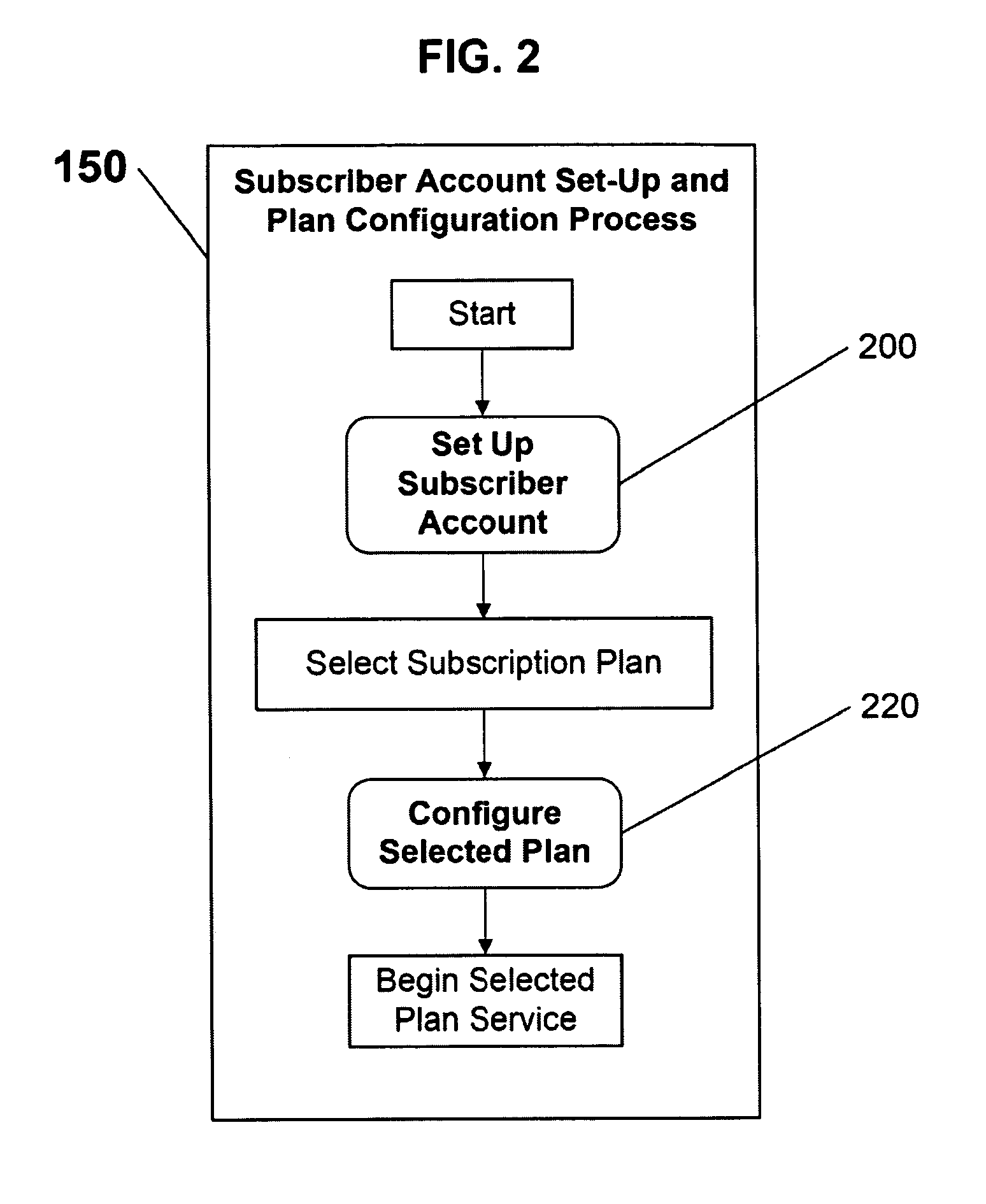In addition to “lack of time to cook” and “availability of greater disposable income”, a number of additional
key factors further drive the demand for fresh, prepared meals that are an alternative to meals cooked in the home:Lack of desire or energy to cookImpracticality of cooking for a single personLack of skill to cook (the culinary skills of the vast majority of the younger segment of the
population typically top out at the ability to boil water for pasta, making a sandwich, or on occasion, preparing eggs)Lack of ability to cook (e.g., due to special
dietary requirements, infirmities, etc.)Better use of limited personal time in not having to
clean up after
meal preparation and consumption, especially considering that most purchased ready-to-eat meals are provided in disposable containers
However many of these solutions only partially meet the full set of demand drivers for today's
consumer.
First, while there are many grab-and-go options from the grocery and restaurant channels, the ability to customize these items is generally limited.
Third, the need for convenience is only somewhat met by providing prepared and pre-packaged items that the
consumer then needs to pick-up.
While a number of companies with such subscription-based
meal programs have achieved a reasonable level of success, their offerings still suffer from a number of very serious drawbacks which prevent them from ever achieving a
very high level of market penetration.
However, if the customer does not like certain foods or menu items, they are not given any choice except not to eat that meal.
Also, in such cases, a customer cannot decide to cancel all meals for a particular day (if they are traveling), and cannot cancel specific meals (if for example they are going out to dinner).
While this approach may appear to address the issues of inflexibility and lack of customer choice plaguing the competitive offerings, it suffers from several flaws, one being very serious.
First, while many customers who chose to utilize a subscription-based periodic
meal preparation and delivery service are not happy about having predetermined planned menus with no choice of alternate meals, quite a few customers also would not be pleased to be forced to choose among over a hundred alternate menu items if there is a planned menu item they do not like.
One of the goals of using such a subscription service is convenience, however with the above-described approach, the customer is forced to either regularly accept the planned menu items (which means giving up variety and flexibility) or to be faced with the daunting and time-consuming task of reviewing the company's entire
pool of offerings and then selecting a substitute meal from the vast number of alternate choices.
This flaw becomes particularly frustrating for the customer if they want to change several menu items—they would have to repeatedly suffer through this process.
This means if the customer wants to get more information about an alternate item, he must select the item and activate web-page controls to view the item description, thereafter being required to take additional steps to go back to reviewing the full menu—an even more frustrating experience, which likely leads most customers to resign to accept the proffered menu choices rather than go through so much trouble to change them.
However, the greatest drawback of this company's menu-item substitution approach is that while the company expounds its carefully constructed menus that maximize
health benefits and
weight loss, they simultaneously allow a customer to completely disrupt the
health benefits and other advantages derived from careful coordination of different menu items and quantities and types of ingredients and preparation techniques used therein, by selecting whatever meal items the customers feel like from the overall set of possible meal offerings.
In addition, all previously known prepared meal delivery services only offer subscription-based delivery of prepared menu-based meals.
Finally, while certain companies offer “family plans” for meal subscriptions, such offerings are limited to simple aggregation of separately available menus and simultaneous delivery of multiple meal sets.
None offer any tools or techniques for controlling individual modification of subscribed meal plans by members of a subscribed household.
Furthermore, none of the currently available meal provision subscription services enable subscriptions by third parties for the benefit of multiple other individuals or groups.
For example, a corporation cannot obtain a meal subscription for the benefit of the employees in one or more of their offices.
 Login to View More
Login to View More  Login to View More
Login to View More 


